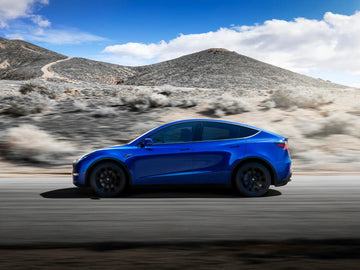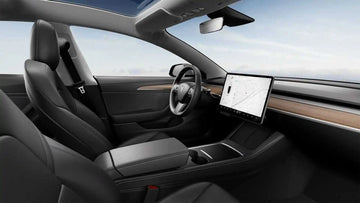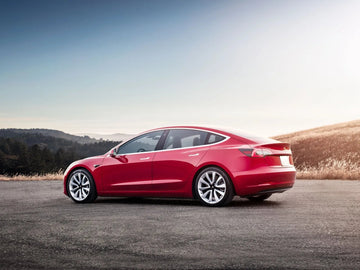In the latest stride toward its Full Self-Driving (FSD) vision, Tesla is on the verge of unveiling the "final piece" that will redefine autonomous driving – an AI-based "vehicle control" system. This breakthrough technology is the linchpin that orchestrates the intricate dance of a Tesla car within its environment, seamlessly translating data into motion.
For many of our readers, Elon Musk's proclamation may conjure the familiar "two weeks" sentiment. Musk's optimism about imminent fully autonomous driving has been unwavering over the years. Yet, his candid admission two years ago that he underestimated the complexity of self-driving underscores the significance of his recent proclamation. Could we truly be at the brink of the endgame? Such a statement aligns with Musk's earlier declaration that the upcoming FSD version would exit the beta phase.

Simplifying Complexity: A Revolution in Vehicle Control Programming
Vehicle control within the FSD system is pivotal, enabling the car to execute crucial functions like steering, acceleration, and braking based on real-time analysis of its surroundings. This equates to the climactic crescendo of an orchestra, where the vehicle transforms sensor data and AI insights into tangible movement.
Musk's recent tweet teases a remarkable leap in this arena. He revealed Tesla's intention to slash over 300,000 lines of C++ control code by nearly two orders of magnitude. In simple terms, Tesla seeks to dramatically streamline the intricacies of vehicle control programming, reducing its complexity almost a hundredfold. This signals a substantial shift in Tesla's approach, possibly embracing advanced machine learning or neural networks.
Mastering the Tech: Challenges and Future Horizons
This simplification doesn't solely equate to streamlined code; it promises heightened efficiency and reliability. It's akin to erasing the noise in the conversation between the car and its surroundings, fostering a smoother, safer, and more intelligent driving experience.
As Tesla strides toward its FSD vision, Elon Musk – who recently deemed FSD v12 "mind-blowing" – acknowledges that progress faces bottlenecks. He noted, "Our progress is currently training compute constrained, not engineer constrained." This candid statement highlights the computational demands of training these intricate AI systems. Yet, it also underscores Tesla's relentless determination to surmount these challenges.
The journey to full self-driving is laden with intricate hurdles, and Tesla confronts them head-on. As vehicle control emerges as the last piece of the FSD puzzle, Tesla inches closer to realizing its ambitious goal of a truly autonomous driving future. Musk's hint at the sole obstacle – computational resources – stands as a testament to Tesla's exceptional ability to surmount any roadblock that stands in the way.
Tesery, dedicated to providing quality products and services to Tesla owners. The most trusted Tesla accessories shop and supplier, the choice of over 28,000 Tesla owners!




















































